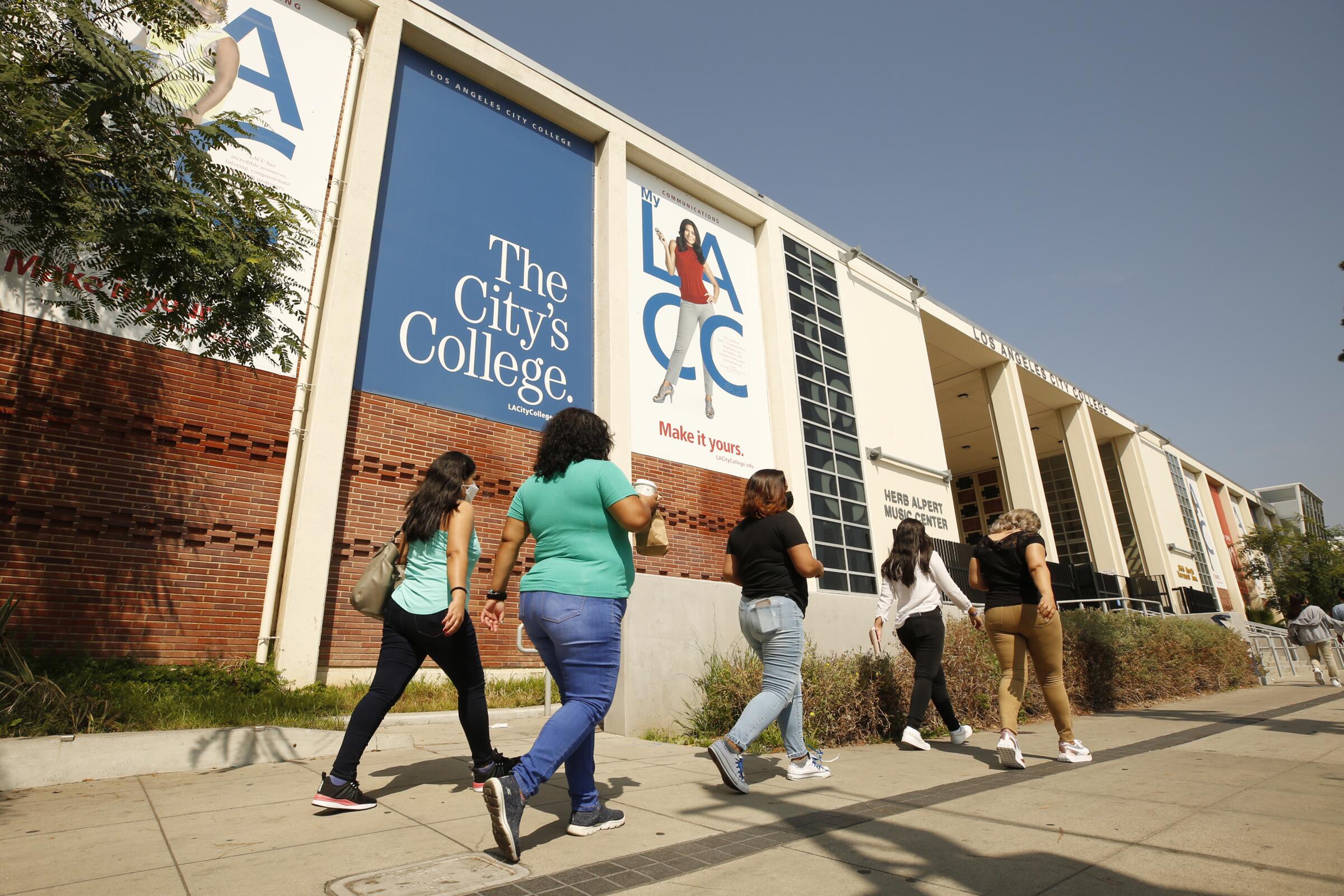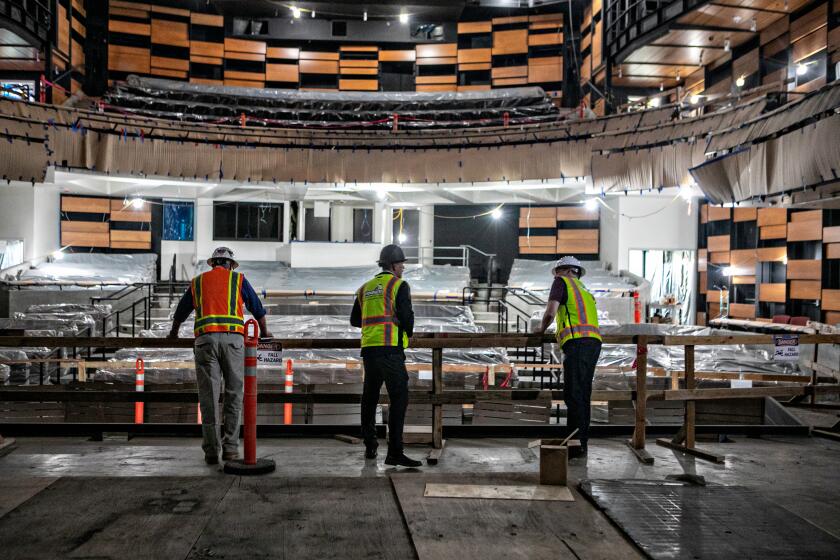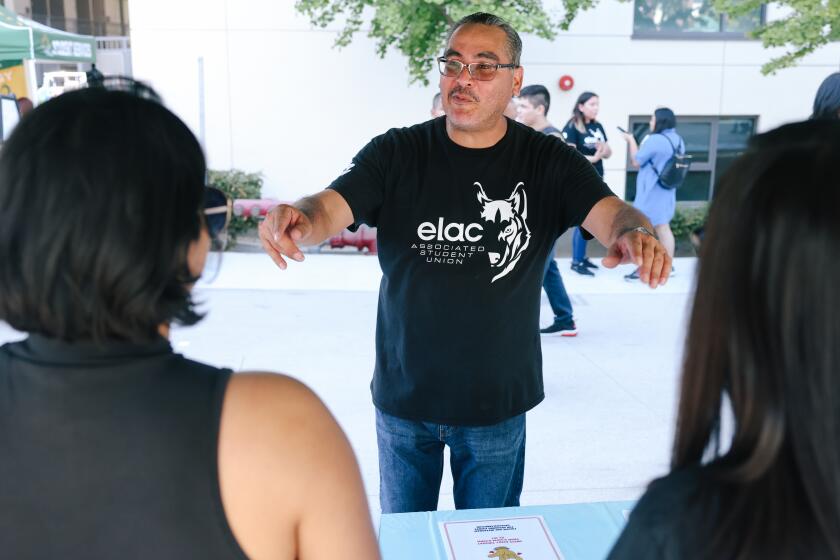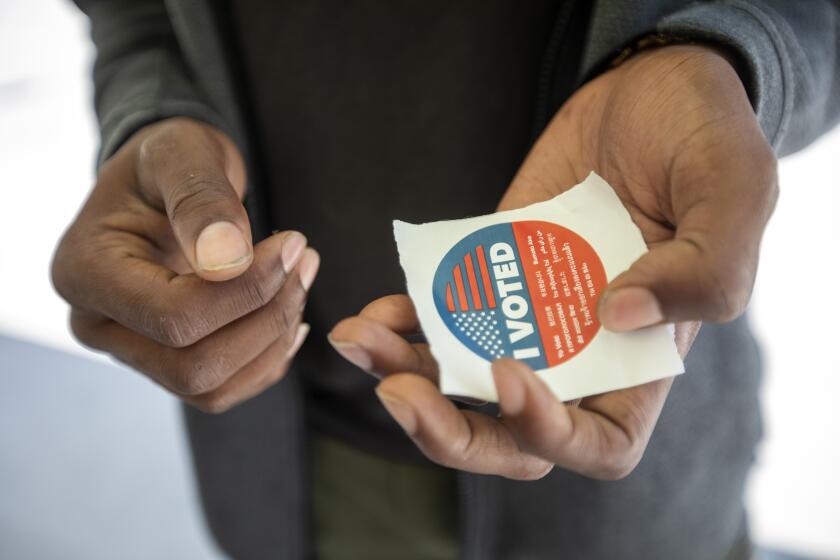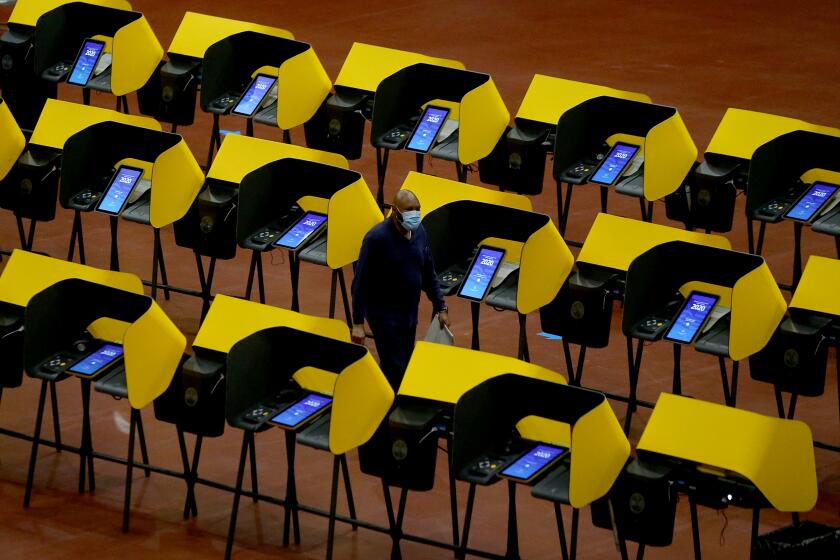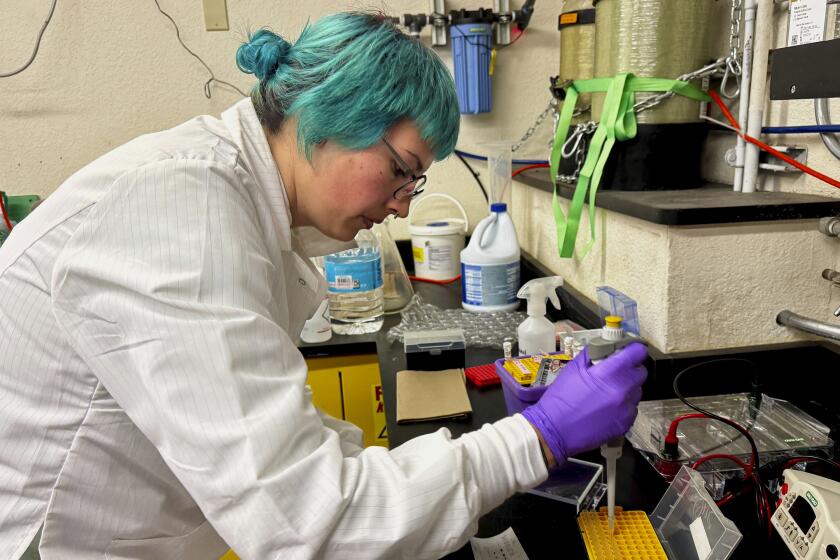Money from the bonds would finance a multitude of projects across the community college district, which encompasses a 900-square-mile area of Los Angeles County, from San Pedro to San Fernando and Malibu to Monterey Park.
Projects include updating buildings, installing new technology in classrooms, upgrading athletic fields and improving infrastructure such as sewer lines, outdoor lighting and sidewalks.
“We have a very large need to upgrade, to modernize, to improve the teaching and learning conditions,” said LACCD Chancellor Francisco Rodriguez. “Students deserve equitable learning environments.”
About $1.4 billion would go toward modernizing buildings built before the 1970s. Dozens of buildings in the district were built about 60 years ago and are in need of repair, said Reuben Smith, a vice chancellor who oversees facilities in the district.
“Thirty years, 40 years is typically the life of a building,” he said. “We’re not looking at just improvements for the sake of improvements.”
One example is the communication studies building at Los Angeles City College, according to Mary Gallagher, the college’s president. The building houses editing bays from when the structure was built in the late 1960s, but are now unnecessary because students can edit video from their computers.
Gallagher said she would like to convert the space into classrooms where aspiring writers, editors and actors would have space to collaborate. The rooms would be equipped with technology such as large screens, where students on campus could interact with their off-campus peers over videoconference.
The bond proposal is supported by the American Federation of Teachers 1521, a faculty union, as well as groups representing workers in trade and vocational careers.
Nursing students at Los Angeles Harbor College need classrooms equipped with modern technology to match the experience they would encounter in a workplace, said Lynn Yamakawa, who directs the college’s nursing program.
“Practice labs — they have to look like where the student is going to work,” she said. “This bond would give us the ability to … evolve as our healthcare environment evolves.”
